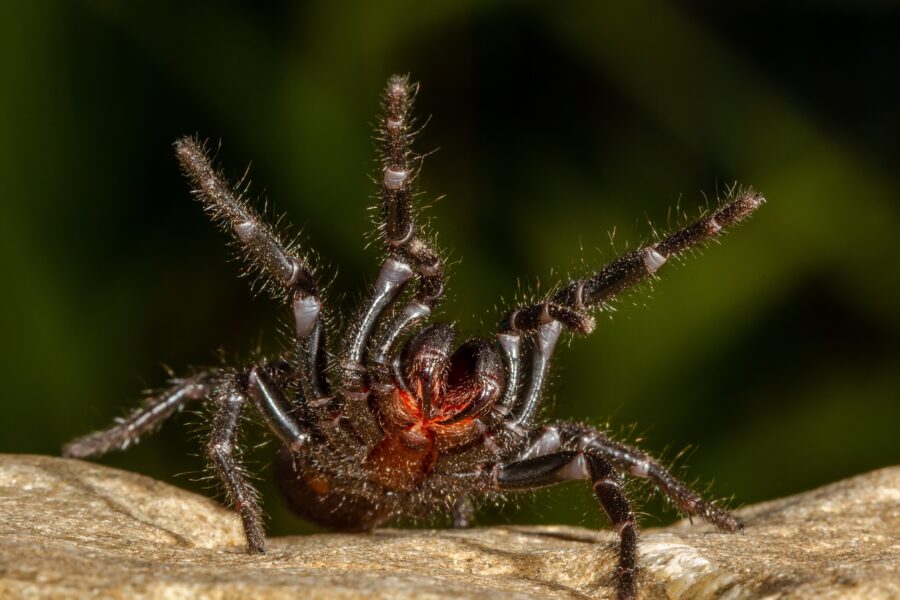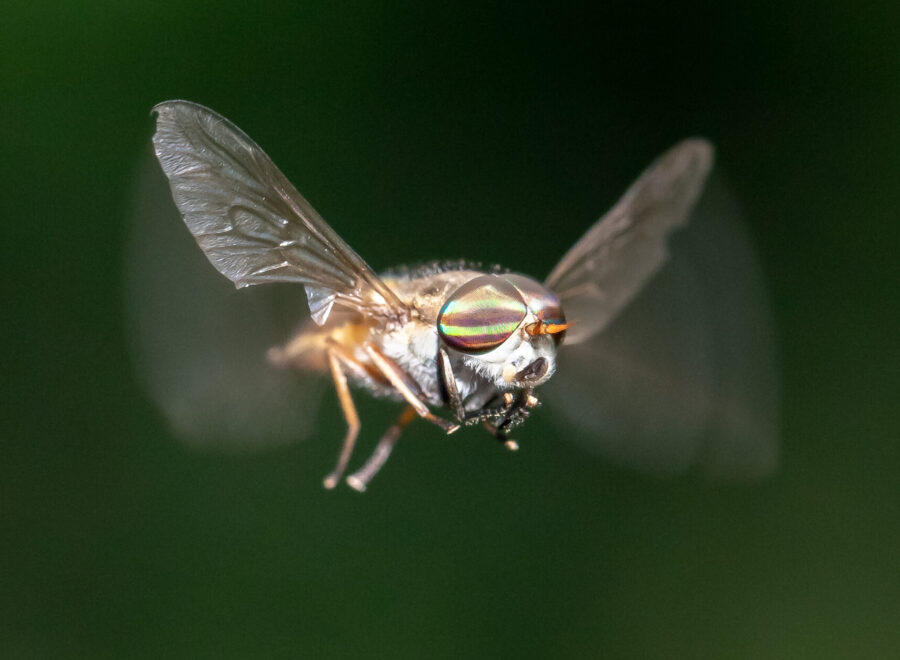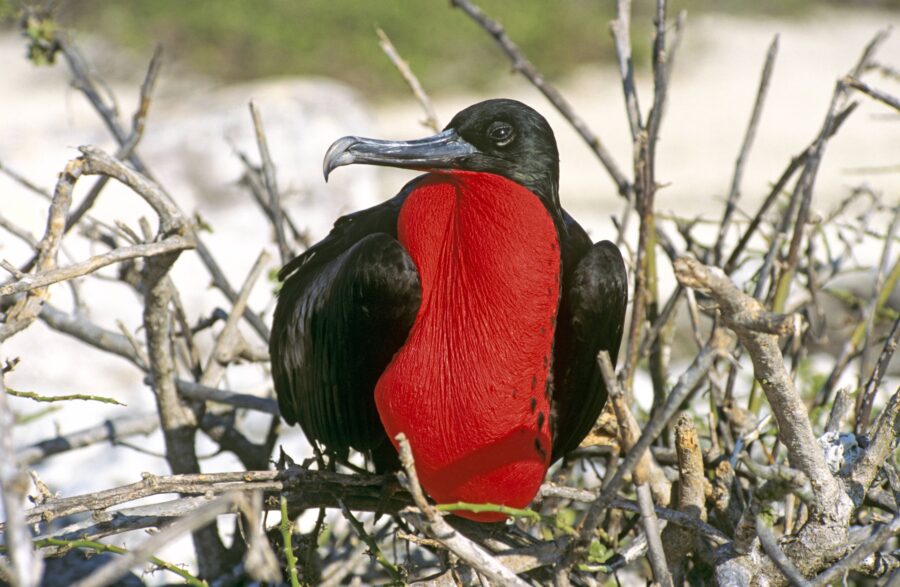I love you, pelicans, but you’re freaking me out

Bec Crew
Bec Crew
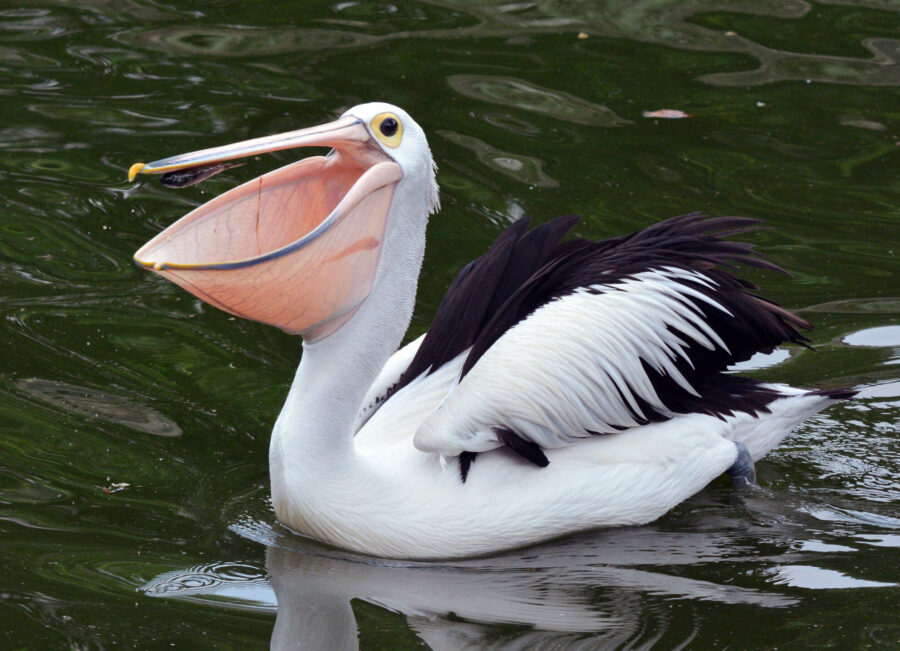
The Australian pelican (Pelecanus conspicillatus) is found throughout Australia, including coastal and inland regions following seasonal rains. They’re also found in Papua New Guinea and western Indonesia, and have been spotted in New Zealand and the western Pacific islands.
As fish-eaters, they mainly stick to freshwater, estuarine and marine wetlands and waterways. But sometimes they’ll travel extraordinary distances to feed along the floodwaters in Australia’s arid interior.
In fact, one of the strangest things about pelicans is their habit of suddenly abandoning their coastal homes to migrate inland. For an aquatic bird, this sounds crazy, but it’s actually genius.
Every once in a while, a massive amount of rain will fall in inland Australia, and somehow, the pelicans know about it. They’ll travel thousands of kilometres to get there – at altitudes of up to 3000m and reaching speeds of 56 km/h.
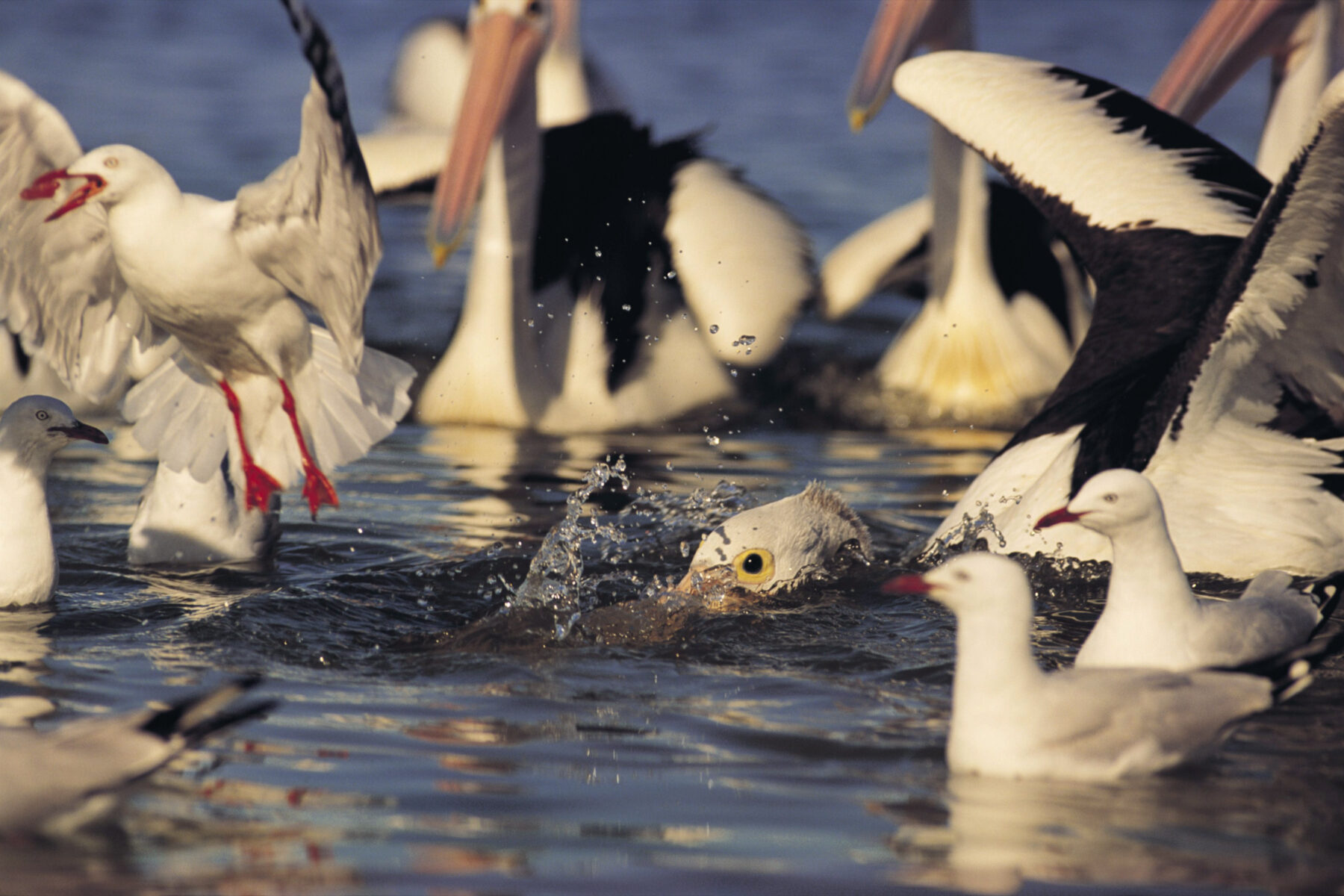
When they get to the floodplains, they’re greeted with an explosion of fish, hatching from long-dormant eggs – a rare all-you-can-eat buffet. The newly arrived pelicans nest in the tens of thousands, all racing to rear their young before the water dries up. Chicks each consume up to a kilogram of fish a day, which is just the beginning for these voracious birds.
Pelicans have a habit of trying to eat anything that fits into their beaks. On top of fish, they’ll eat crabs, tadpoles and turtles, and are not above stealing prey from other pelicans.
When times get tough, they’ll have a go at all manner of frogs, birds and even small mammals, according to the Australian Museum, and they aren’t exactly merciful about it: “During periods of starvation, pelicans have been reported capturing and eating seagulls and ducklings. The gulls are held under water and drowned before being eaten headfirst.”
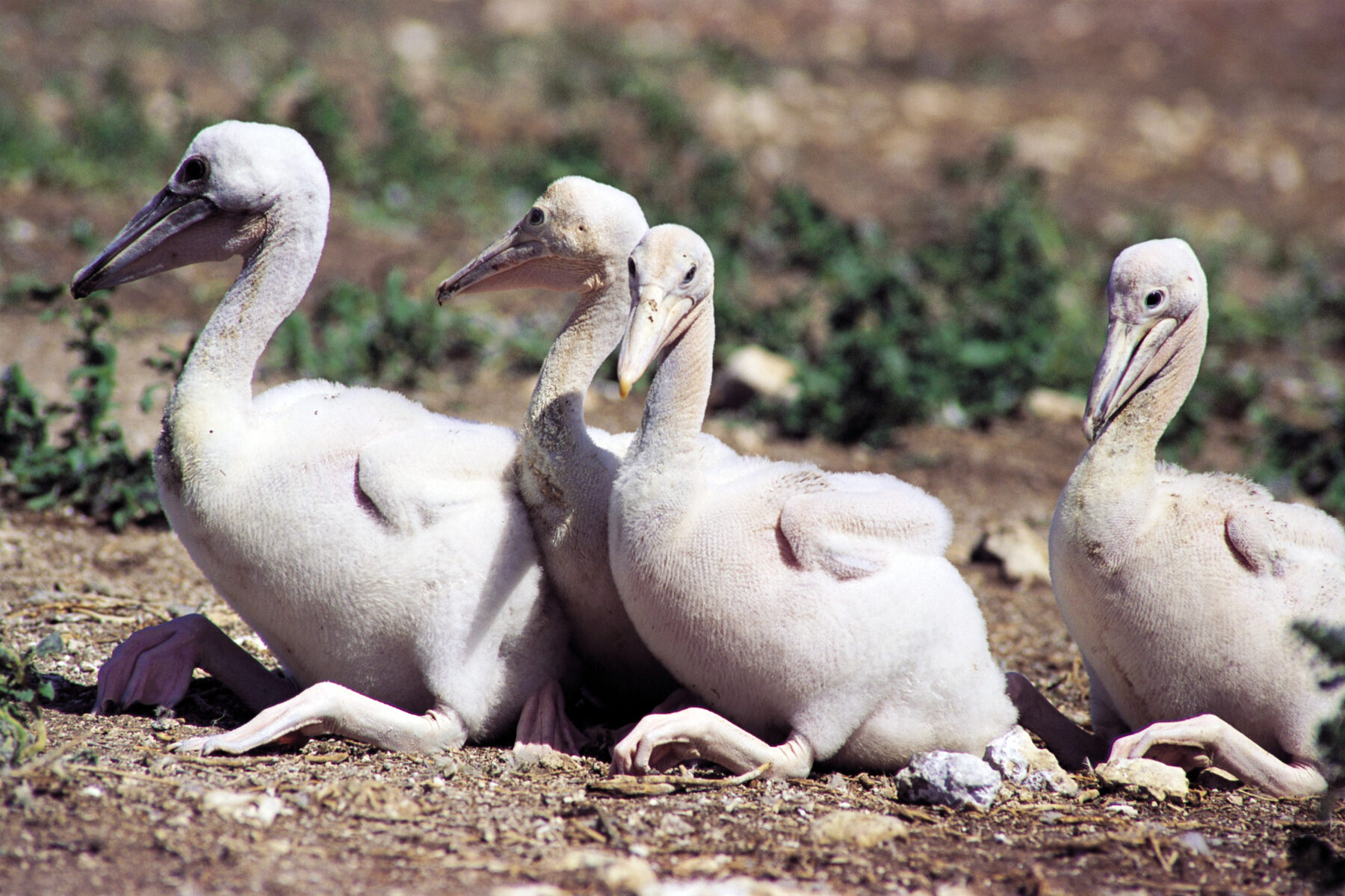
Maybe Australian pelicans are better behaved than different pelican species that live overseas (or maybe they’re better at not getting caught), but pelicans eat bizarre things even when they’re not starving.
This pelican in a park in London was being hand-fed before randomly attacking and swallowing a live pigeon, for example. This one got caught trying to digest a duckling. And these ones sure look like they’re trying to eat a capybara.
As the saying goes: just because a pelican doesn’t mean a pelishould.
